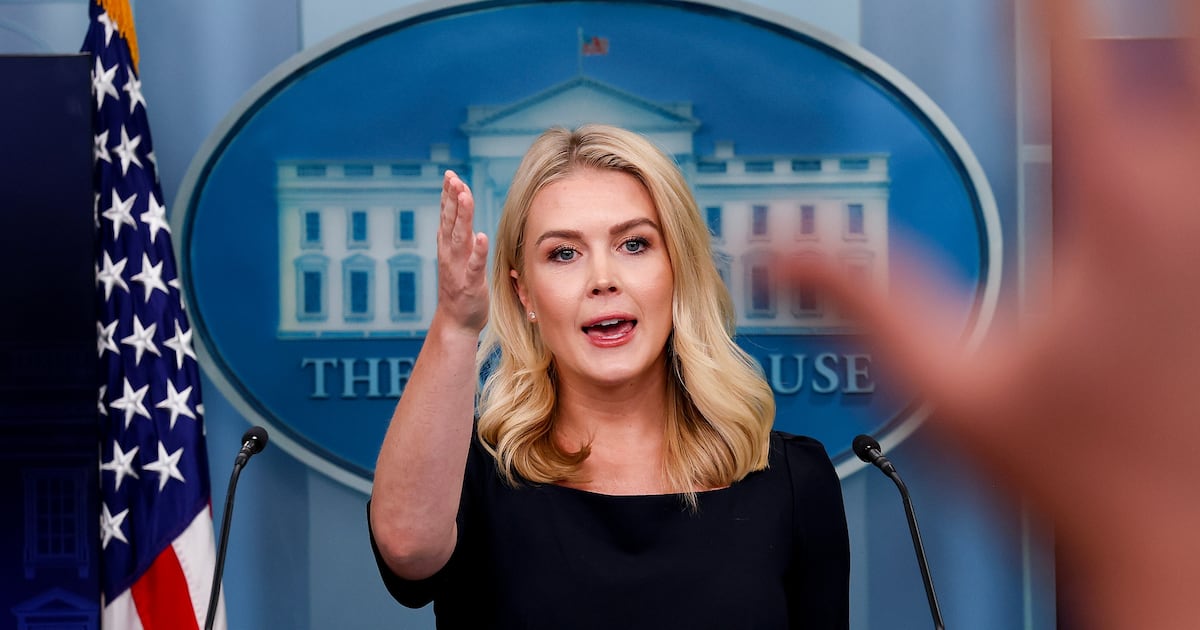Donald Trump has a mandate to clean out the mess in Washington. Cutting waste is critical. This golden opportunity may fail, however, if the Trump administration starts a culture war by defunding EPA and other agencies popular with liberals, while leaving most waste untouched. There’s no need to stall on take-off: Washington’s waste pile is so high that President Trump could energize the economy by bulldozing bureaucracy that serves no public purpose.
Here is a starter list of changes that, together, would save almost $1 trillion each year:
• Cut infrastructure red tape. A six-year delay in approving large infrastructure projects more than doubles the overall cost. Clear lines of authority can solve the problem immediately—for example, give an environmental official the job of deciding when there’s been enough environmental review. Savings: A one- or two-year permitting process will save at least $100 billion annually for the foreseeable future (PDF).
• End obsolete subsidies. Farm subsidies from the New Deal cost $20 billion. The 1931 Davis Bacon law mandates higher wages by roughly 20 percent on federally-funded construction, costing $11 billion per year. The 1920 Jones Act (mandating U.S.-flag ships for domestic shipping) raises the price of gasoline by 15 cents per gallon, or $21 billion. The “carried interest” favorable tax rate for certain investment firms is an effective subsidy of, by some estimates, $20 billion per year. Savings from repeal: $70 billion.
• Simplify Medicare/Medicaid. Require new enrollees to pick an integrated care provider (e.g., Kaiser Health Plan). The current fee-for-service model adds 15 percent administrative costs and skews incentives toward more care. Savings: $125 billion in reduced administrative costs plus an estimated $20 billion in avoiding unnecessary procedures.
• Simplify FDA approvals. The cost of developing a new drug can run into billions—the industry estimates the average cost at about $2.5 billion. Many of these costs are in duplicative trials for products that known to be safe, and years of extra time before coming to market. The effect is to raise drug prices. Savings: Cutting development costs for proprietary pharmaceuticals and devices by one-quarter would save $25 billion annually (PDF).
• Create special health courts. Studies estimate that “defensive medicine”—unnecessary tests and procedures ordered by doctors to protect against potential lawsuits—costs between $45 billion and $200 billion annually (PDF). The solution is to replace jury-by-jury decisions with an expert court (like a tax court or bankruptcy court) that enforces standards of care consistently in written rulings. Savings: $100 billion.
• Cut procurement red tape. The federal government spent $450 billion in 2014 on outside vendors—purchasing tanks and planes for defense, updating computer systems, and facilities maintenance, among other things. The byzantine procedures drive away many vendors, and, in the name of saving money, raise costs by amounts impossible to calculate—although competition in space procurement has saved 50 percent. Bringing the buying process in line with best commercial practices basically requires i) creating clear lines of authority so that responsible officials are on the spot, and ii) creating oversight committees that can review large contracts. Savings: at least $50 billion (PDF).
• Overhaul civil service. The federal government has about 2.1 million civilian employees. They work under civil service laws that make it almost impossible to terminate anyone, discourage people from taking responsibility, and foster a “can’t-do” public culture. The Partnership for Public Service has recommended a dramatic reboot. Savings/increase in effectiveness: at least 25 percent of total personnel costs, or $65 billion.
• Reduce cost of unfunded mandates with a “rule of reason.” Absolute mandates lead to bureaucratic excess and waste. Special education, for example, now consumes over 25 percent of total K-12 spending—or over $150 billion annually. A solution is to amend the statutes to permit balancing of needs and practical considerations—with officials authorized to grant waivers or approve compromises on the public record. Savings: For special ed alone, at least 25 percent, or $40 billion.
• Consolidate duplicative and overlapping programs. The federal government is rife with redundant offices and initiatives. A Government Accountability Office report found that the Department of Health and Human Services has 10 different AIDS outreach programs for minority communities, and the GAO also identified 82 separate federal teacher training programs. Consolidating programs will make them work better, as well as cut waste. Savings: Hard to estimate, but saving 5 percent of discretionary spending (i.e., not including transfer payments) would total $60 billion (PDF).
• Simplify complex programs by replacing most command-and-control regulations with results-based oversight. Detailed rules, while needed in certain areas (such as pollution discharge limits), are not effective for regulating complex human activities such as workplace safety. It is far better to focus on a culture of safety and training than to use resources (both private and public) on compliance with 4,000 rules. Overly-detailed regulations also often counterproductive: It was not the intention of Dodd-Frank financial reform to dramatically increase compliance costs of small banks, driving them into the arms of larger banks. Savings: Hard to calculate, but increased effectiveness of rebooting regulation would conservatively save at least 10 percent of the federal regulatory burden, or roughly $200 billion (PDF).
These 10 overhauls should enjoy broad public support: None of these changes involve “deregulation” in the sense of removing government oversight or essential public services. Some would create new jobs almost immediately—cutting infrastructure red tape would create 1.5 million jobs within two years. The challenge for President Trump is to marshal broad public demand to overcome the fierce resistance of interest groups that are feeding at the trough.
This leads to one more change, more important than any other: Move agencies to other cities. Washington is indeed a swamp, mired in feeding patterns and oozy relationships that regulatory reforms are unlikely to change. Agencies located in other cities seem to work better, such as the Centers for Disease Control in Atlanta, and NASA departments in Huntsville, Houston, and elsewhere. The FDA could move to San Diego or Boston, cities with a cohort of scientists. Transportation could move to Kansas City or St Louis. Nothing would transform government more than new people who are used to rolling up their sleeves to get things done. Benefits: Priceless.






